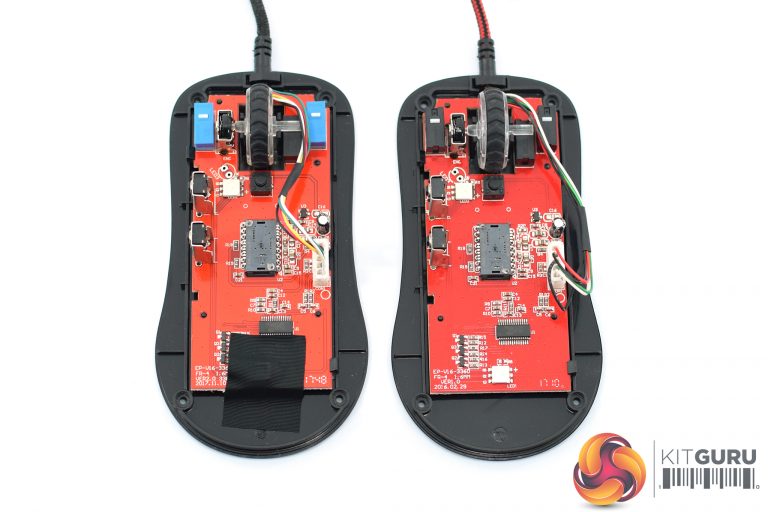
#Fps sidetalk password#
#Fps sidetalk mac os x#
Most Mac apps are self-contained, and the trash-to-delete option works on all versions of Mac OS X and later. Question 1: How can I uninstall Sidetalk 1.3 from my Mac? So, when you decide to uninstall Sidetalk 1.3 on Mac, you will need to tackle the following two questions. The trash-to-delete method may leave some junk files behind, resulting in incomplete uninstall. That means, if you simply trash the app and think the removal is done, you’re wrong. Additionally, some apps may create supporting files, caches, login files scattering around the system directory. General knowledge: Once installed, an app is typically stored in the /Applications directory, and the user preferences for how the app is configured are stored in ~/Library/Preferences directory.

#Fps sidetalk how to#
If you have no clue how to do it right, or have difficulty in getting rid of Sidetalk 1.3, the removal solutions provided in the post could be helpful. This page is about how to properly and thoroughly uninstall Sidetalk 1.3 from Mac. Removing applications on Mac is pretty straightforward for experienced users yet may be unfamiliar to newbies.
#Fps sidetalk for mac#
id(column=1, row=2, pady=7, padx=2)Įncryption_listbox = Listbox(window, selectmode=SINGLE, width=10, height=1)Įncryption_listbox.Perfect Solutions to Uninstall Sidetalk 1.3 for Mac Listbox = Listbox(window, selectmode=SINGLE, width=12, height=2) Label1 = Label(window, text='Enter password: ') Label = Label(window, text='Enter name: ')Įntry1 = Entry(window, textvariable=password, width=10) Messagebox.showerror('Error', 'Error name')Įntry = Entry(window, textvariable=name, width=10) Messagebox.showerror('Error', 'Error password') Menu_button = Button(menu, text='Global chat', command=chat, height=1, width=18) If user_encryption_selection = 'Use Encrypted': Messagebox.showerror('Error', 'Enter type message') User_encryption_selection = (encryption_listbox.get(encryption_listbox.curselection())) Potok = threading.Thread(target=send_message) Potok_info = threading.Thread(target=listen_decode, args=(user_socket, addr))Ĭlient = socket.socket(socket.AF_INET, socket.SOCK_STREAM)

OnConnectionInitiated: (String id, ConnectionInfo info) '.encode('utf-8')) Replace with a Row for horizontal icon + text Print("OPENING SETTINGS FOR BACKGROUND COLOR AND SUCH") Title: const Text("Somecrab", textDirection: TextDirection.ltr), Import 'package:permission_handler/permission_handler.dart' įinal Strategy strategy = Strategy.P2P_CLUSTER Ĭlass peerwidget extends StatefulWidget createState() => _peerwidgetState() Import 'package:nearby_connections/nearby_connections.dart' Here is the non functioning code, which I have so far Because the "documentation" available isn't helping me at all.

It would really help me if you could write a simple model, where this peer-to-peer connection works. I have experience with using Sockets and socketstreams on Java, where one device would send something into the socket stream and the other read it out of the socket stream, but there one device was server and one client. With this I don't even know really, how to write the Dart/Flutter code, to test the connection between two devices. It's possible that I don't understand the difference between them 100%. I've tried both and neither of them managed to achieve what I wanted. The reason why I'm asking for help here, is because I've looked around and found two options for peer-to-peer in Flutter:Ī faulty example of a peer-to-peer connection in Flutter, with practically no documentationĪ better-documented example of peer-to-peer connection in Flutter, which also doesn't seem to work.Īccording to some people, the first option doesn't even work anymore. So if I have one Mobile device, where I send the message, it's seen by all devices. My goal is to make a little chat widget, where when you post a message, you can see it on all devices, which are connected, a bit like this:

I'm working on a Testproject, where I want to exchange information via peer-to-peer from one Mobile device to another.


 0 kommentar(er)
0 kommentar(er)
